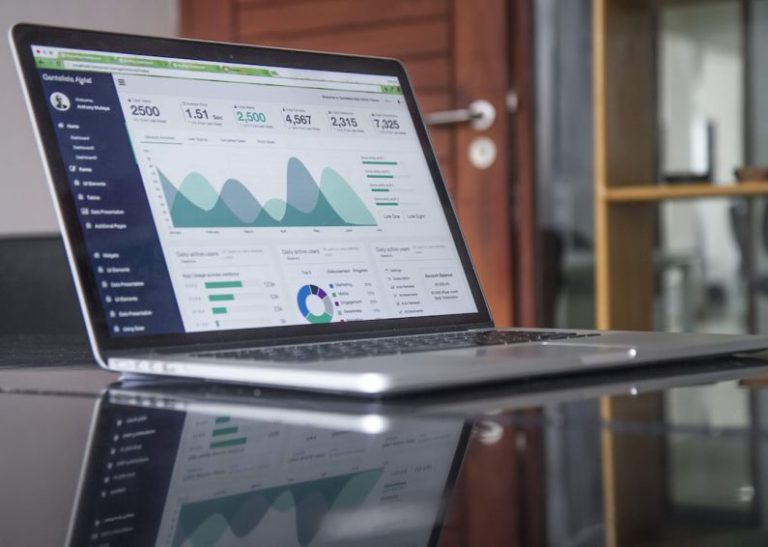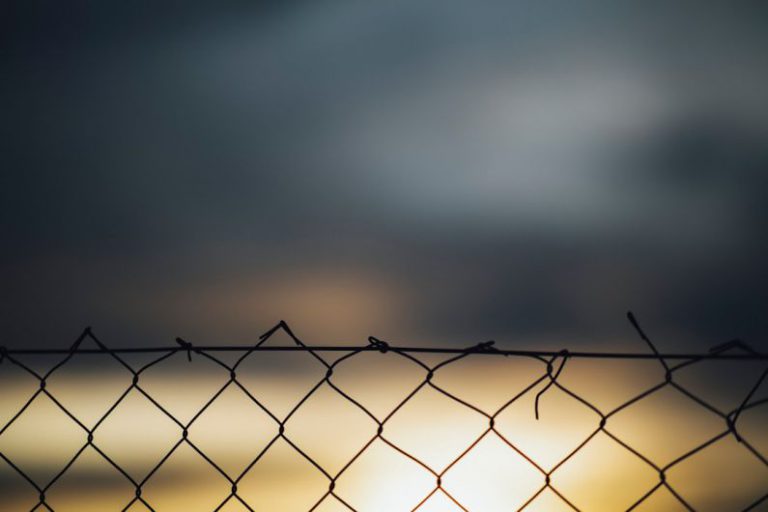Managing Stress in High-pressure Creative Roles
In today’s fast-paced and competitive work environment, individuals in high-pressure creative roles often find themselves battling with stress on a daily basis. Whether you’re a designer, writer, artist, or any other role that requires constant innovation and originality, the pressure to consistently produce exceptional work can take a toll on your mental and emotional well-being. Managing stress in such roles is crucial not only for your own health but also for maintaining a high level of creativity and productivity. Here are some effective strategies to help you navigate the challenges of high-pressure creative roles and find balance in your professional life.
Recognize Your Triggers
The first step in managing stress in a high-pressure creative role is to identify the specific triggers that cause you the most anxiety and pressure. Is it tight deadlines, perfectionism, fear of failure, or a demanding workload? By recognizing these triggers, you can start to develop strategies to address them proactively and prevent them from escalating into overwhelming stress.
Set Realistic Expectations
As a creative professional, it’s easy to fall into the trap of setting unrealistic expectations for yourself. While striving for excellence is admirable, putting too much pressure on yourself to constantly produce groundbreaking work can lead to burnout and heightened stress levels. Instead, set realistic and achievable goals for each project, allowing yourself the flexibility to explore different ideas and approaches without the fear of falling short of unattainable standards.
Practice Mindfulness
Mindfulness techniques, such as meditation and deep breathing exercises, can be powerful tools for managing stress in high-pressure creative roles. Taking a few minutes each day to quiet your mind, focus on your breath, and center yourself can help reduce anxiety, improve concentration, and enhance your overall sense of well-being. Incorporating mindfulness practices into your daily routine can provide a much-needed respite from the constant demands of your role and help you approach challenges with a clear and calm mind.
Embrace Creative Breaks
In the midst of tight deadlines and demanding projects, it can be tempting to work non-stop in an effort to meet expectations. However, taking regular breaks from your work is essential for maintaining creativity, focus, and mental clarity. Schedule short breaks throughout your day to step away from your work, stretch, go for a walk, or engage in a different creative activity. These breaks not only help alleviate stress but also allow your mind to recharge and generate fresh ideas.
Seek Support
Navigating the pressures of a high-pressure creative role can be isolating, but you don’t have to face it alone. Reach out to colleagues, mentors, or friends who understand the challenges you’re facing and can offer support and perspective. Sharing your struggles and seeking advice from others in similar roles can help you gain new insights, find solutions to your problems, and feel less overwhelmed by the demands of your job.
Maintain Work-Life Balance
In high-pressure creative roles, it’s easy for work to spill over into your personal life, blurring the boundaries between professional and personal time. To manage stress effectively, it’s crucial to establish a healthy work-life balance that allows you to recharge and rejuvenate outside of work hours. Set boundaries around your work schedule, prioritize self-care activities, and make time for hobbies and interests that bring you joy and relaxation. By nurturing your personal life and well-being, you’ll be better equipped to handle the challenges of your creative role with resilience and creativity.
Find Joy in the Process
Despite the pressures and challenges that come with high-pressure creative roles, it’s important to remember why you chose this path in the first place. Find joy in the creative process, embrace the opportunity to express yourself through your work, and celebrate your achievements along the way. By focusing on the intrinsic rewards of your craft and finding fulfillment in the journey, you can cultivate a positive mindset that helps you navigate stress with grace and resilience.
In conclusion, managing stress in high-pressure creative roles requires a combination of self-awareness, proactive strategies, and a supportive network. By recognizing your triggers, setting realistic expectations, practicing mindfulness, taking creative breaks, seeking support, maintaining work-life balance, and finding joy in the creative process, you can navigate the demands of your role with resilience, creativity, and well-being. Remember that stress is a natural part of any challenging job, but how you choose to respond to it can make all the difference in your ability to thrive and succeed in your high-pressure creative role.






